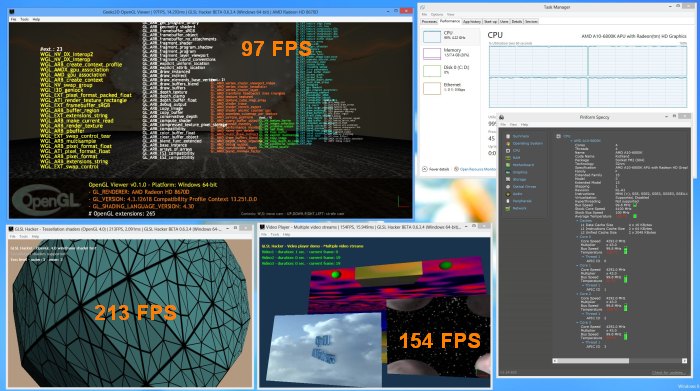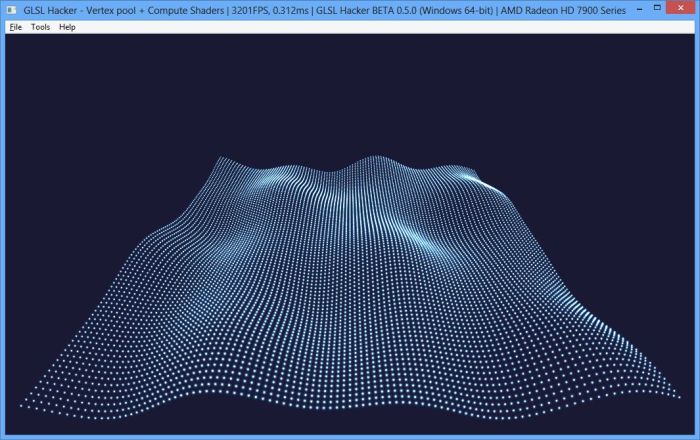

That creates 2 x 3 x 4 = 24 different work groups, as shows in the picture above.

Note that you need a recent OS to run this. Total number of compute shader invocations = Number of Work Groups x Local SizeĪ compute shader cant be executed on its own, it must first be linked to a "program object": Simple tests of OpenGL 4.3 compute shaders. Each invocation can be considered as 1 thread which is executed in parallel to all the other invocations within that work group.

Here there are 5 x 6 x 7 = 210 different invocations per work group.Īll compute shader invocations within 1 work group can share processed data. OpenGL got computer shader support in version 4.3 but we are going with version 4.5. Since it is kinda easy and I know it at the basic level, we can go with that. In this implementation, I am going to use OpenGL. Now, each of those small cubes is 1 compute shader invocation. The fragment shader is going to gamma correct our image and render the image to the screen.


 0 kommentar(er)
0 kommentar(er)
